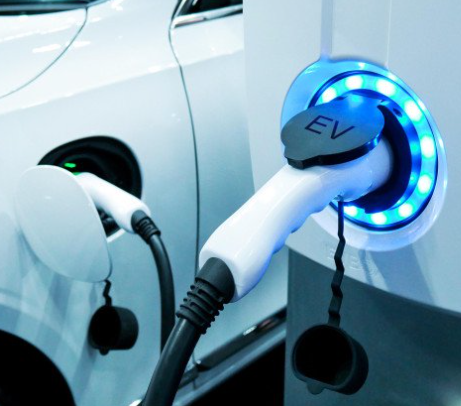
Dealers and dealership general managers disagree on the number of new BEVs that will be sold by 2030.
That’s according to a Wards Intelligence survey of US dealers to chart retail automotive’s health, electrification challenges and future opportunities.
Manufacturers have made it clear they expect dealers to move toward battery electric vehicle (BEV) sales and service with an estimated 260 BEV models (excluding exotics) expected to be available by the end of 2030, says Wards Intelligence/LMC Automotive.
“That is in keeping with predictions by analysts at the Edison Electric Institute, an association representing all US investor-owned electric companies, which estimate 26.4 million EVs will make up the 259 million light-duty vehicles on US roads in 2030.
But some automobile retailers who don’t want to be named say the automakers’ switch from internal combustion engine (ICE) vehicles to BEVs is too quick. Dealers tell Wards customers may be slower to embrace BEVs than automakers expect.
The Wards Intelligence survey of owners and employees at US dealerships late last year shows about 55% of respondents believe BEVs will account for 50% of all new-car sales in the US by 2030.
Only 36% of owners or dealer principals believe the US retail market will hit that goal, yet 66% of sales managers believe the goal will be met.
The different viewpoints may result from the scarce new and used car inventory and high fuel prices that prompted shoppers to talk about BEVs in the past year with salespeople, says Wards.
A report by Pew Research Centre shows about 9% of US adults own BEVs or hybrid vehicles – up from 7% reported in April 2021.
Challenges stalling BEV sales and adoption include parts shortages – mainly microchips – and raw materials which have slowed production, so some in-demand vehicles are in short supply.
That was underscored in mid-2022 when Volkswagen sold out of that year’s allotment of BEVs in the US and Europe, says Wards, adding Tesla was another example.
“Customers who order those cars have historically had long waits – some reports say up to three years – though recent estimates are anywhere from one to seven months.
“A slowing in demand in some markets has certain brands offering incentives on various models, and Tesla and Ford have cut prices on some BEVs.”
Although the chip shortage is easing, Wards says some insiders expect it to hamper production throughout 2023 and possibly into 2024.
The price of BEVs, which JD Power estimates average about US$10,000 above the cost of competitive ICE vehicles, keeps some shoppers out of the market, along with a lack of US EV charging infrastructure, Wards adds.
The Biden administration is working to alleviate the lack of charging stations through the National Electric Vehicle Infrastructure programme that offers more than US$900 million in funding to build EV chargers along 85,295km of US highways.
Survey respondents expect to add charging infrastructure at their dealerships to support their BEV sales efforts, 35% saying charging stations will be among the most significant investments they will make in the next year, followed by service operations, Wards explains.
Another challenge for dealers is hiring, retaining and training staff, Wards says.
“Although survey respondents did not specifically mention BEV-related training and staff, industry insiders tell Wards there is a lack of both.”
Some franchise dealers wishing to sell BEVs are expected to make hefty investments that will reduce dealership profits, says Wards.
Overall service satisfaction among BEV owners (784) is 68 points lower than among petrol- or diesel-powered vehicle owners (852, while the average number of service visits a BEV owner makes in a year is 1.9 compared with 2.4 among petrol- and diesel-powered vehicle owners, it says.
“BEV sales also impact F&I managers’ menus of extended-service agreements. F&I managers stress tyres, brakes, suspensions, electrical systems and even struts and ball joints due to the excess weight BEVs carry, generally about 453kg more than a comparable ICE.
“F&I managers ranked upgrading technology and practices as the second-largest investment they expect their dealerships to make in 2023. That comes just behind New Customer Interaction Technology (41%). The third greatest expense predicted by that group is charging stations (38%).”
Survey respondents are split among those who believe the industry is moving too quickly (35%) toward BEVs, and an almost equal number (36%) who say it’s on pace with market demand, while 21% indicate the pace is fast.
Wards says Toyota, Mazda and Nissan executives think EVs will take longer to become mainstream than many believe “though American automakers have more readily embraced the switchover” with General Motors intending to produce only zero-emission vehicles by 2035 and Ford committing US$50 billion to electrification although keeping fuel vehicles in its line-up.








